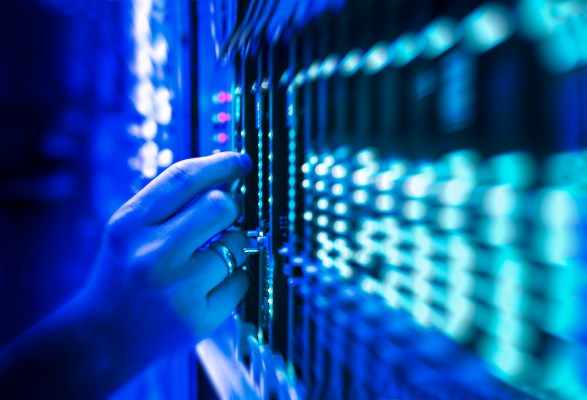There’s an open secret in the battery startup world — everyone is pitching their cells as the ones to spur consumers to ditch their gas-guzzling SUVs for sleek, fast-charging electric vehicles with cross-country range, even if they’re really eyeing something else. Sure, some companies will leapfrog the steady 5% annual improvements that lithium-ion batteries have been making over the last several years. (Most won’t, but that shouldn’t stop companies from trying!)
Sometimes, though, the EV pitch is just that — a pitch. Battery startups are almost obligated to note it in their press releases and pitch decks. Investors love the potential for growth that EVs represent, and startups would be remiss if they didn’t at least mention the enormous potential market.
As investors have realized the boundless potential of the EV market, money has been pouring into battery startups. In the last five years alone, $42 billion in venture capital and growth equity have been invested in the sector, according to a TechCrunch and PitchBook analysis.
Still, EVs are just one part of the story. The reality is that because batteries have improved radically in the last decade, startups like Form Energy and EcoFlow no longer have to pretend that they’re going to be the Next Big Thing in electrified mobility. Rather, they can acknowledge that they have far more potential to disrupt other parts of the economy.
One of the latest examples is Natron Energy. Natron was founded a decade ago after its CEO, Colin Wessells, came up with a battery that instead of nickel or cobalt used Prussian blue — the pigment that revolutionized the art world in the 18th and 19th centuries.
Other researchers had explored Prussian blue’s use in batteries for decades, but Wessells found a way to make a commercially viable cell using a version of the pigment coupled with a sodium-based electrolyte. Perhaps more important than what materials it uses are those it doesn’t — lithium, cobalt, nickel or other rare materials whose prices have skyrocketed in the last year.
But apart from a brief, almost vestigial mention of EVs in a recent press release, Natron recognizes that the strength of its cells lies in other markets and has focused the company accordingly.
Sodium-ion batteries have significantly lower energy densities than lithium-ion batteries, making them a poor fit for today’s EVs. Yet Natron’s batteries can do things that lithium-ion batteries can’t. They can discharge nearly all their power quickly and safely, and they can do it over and over again — 50,000 to 100,000 times, the company claims, or about 5x to 10x what lithium-ion batteries are capable of.
Which is why Natron has aimed its first product at locations that can make good use of its technology: data centers and telecom installations like cell phone towers. When the power goes out there, managers need to bridge a crucial few minutes while backup generators get up to speed. Natron’s slim rack-mounted battery packs can fill the gap, each dumping 4 kW of power in just two minutes, enough to power several servers.
And because the batteries can charge rapidly over and over again without risk of significant degradation, data center managers can task them with shaving power demand when prices spike. That’s something that existing lead-acid batteries can’t pull off, and the duty cycle would push lithium-ion batteries to their breaking points.
Playing to those strengths, Natron has its sights set on a number of other applications, including industrial forklifts and, yes, EVs — but not in the way you might think. Rather than pushing its way into cars and trucks, the company is hoping to grab a piece of the EV fast-charging market.
As EVs become capable of charging at ever faster rates, charging stations must supply large amounts of power for brief periods of time, which poses all sorts of problems. The grid connection costs more because the wires and equipment must be more robust, and the electricity costs are higher per kWh, too. If too many EV drivers charge at once, they could tax the grid.
But those problems can be solved and those costs can come down if charging station operators smooth the demand curve by drawing the same amount of power over a longer period of time. Because Natron’s batteries can be charged and discharged relatively quickly, the company is pitching its packs as a way to store juice for when drivers need it most.
For now, Natron’s focus on data centers and telecom installations is a smart place to start. The batteries themselves are smaller than those needed for forklifts or fast-charging stations, and it’ll allow Natron to work any kinks out of its production process. The startup recently announced a manufacturing partnership with Clarios, Johnson Controls’ former battery group, and if it goes well, it could allow Natron to more quickly scale to address other markets.
It’s not out of the woods, of course; scaling battery production is hard. There are plenty of horror stories out there, and we may yet hear about a few more before the current boom cycle is over.
Companies like Natron show how they can help their chances by going after markets outside of EVs. Hard tech startups face a long journey to commercialization, but when it comes to transforming the economy, batteries are just getting started. That means plenty of opportunities for companies to keep their options open and play to their strengths.
